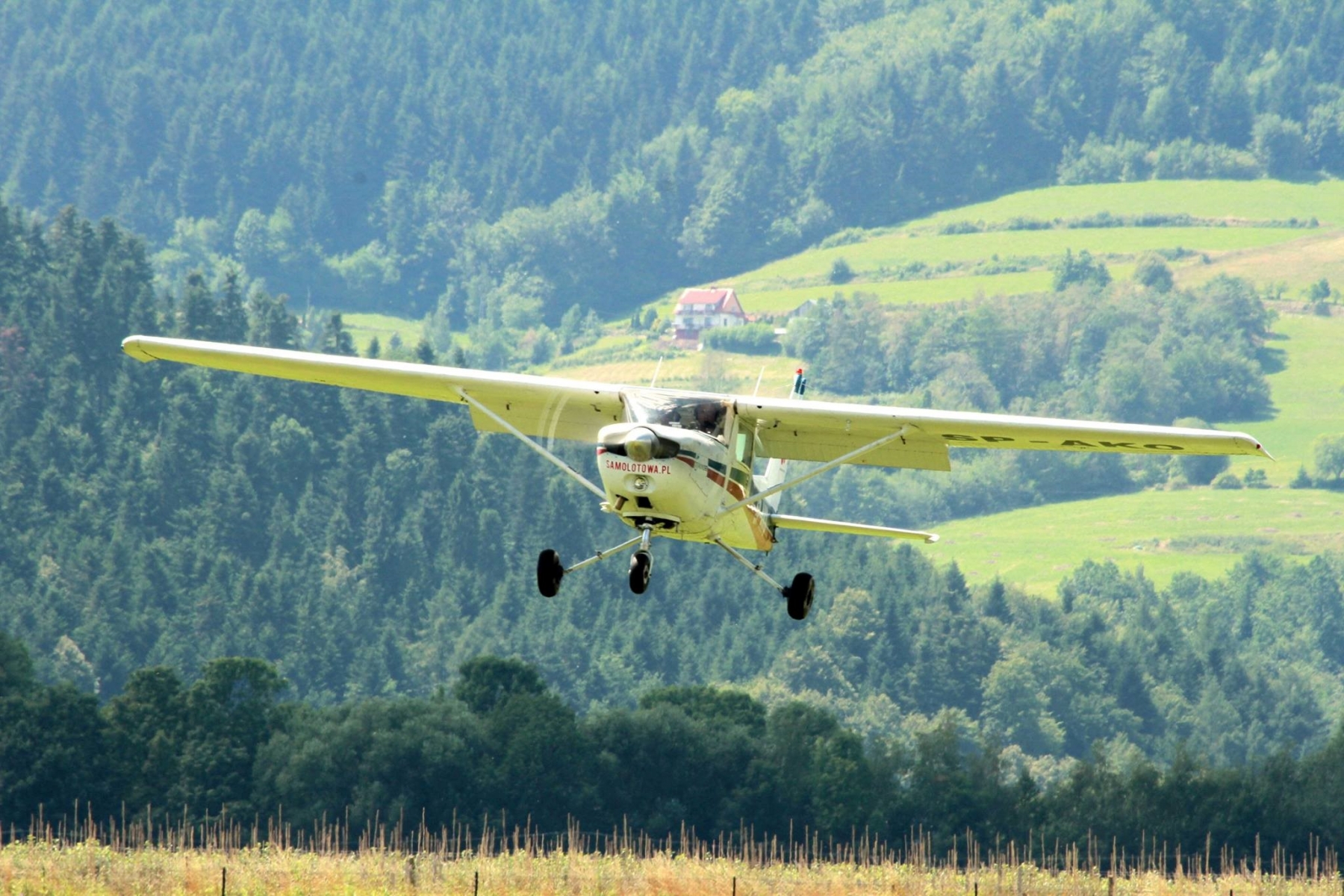
Objectives of the service
The objectives of the DART project are:
- to decrease the overall mission expenses of the traveling professionals by offering the possibility to organise more flexible journeys and therefore minimising costs related to overnight stays, connections, parking etc. while maintaining or improving the travel comfort
- to increase and optimize domestic transport capabilities in Poland for professional and leisure purposes
Indirectly, DART will contribute to increase the utilisation of existing but not fully used infrastructure of light airplanes and small airfields in Poland.
The DART project tries to compose the above demands into a service valuable for the both sides.
Users and their needs
The intended users of the project are businessmen (e.g. managers, who need a faster way to make business travels for distances between 300 and 1000 km one way. For a company, the reduction of the “out of office” time of their employees decreases the business travel costs (e.g. mission expenditures such as hotel, parking fee) and increases employees’ efficiency and comfort (less time spent on travel). The main advantage of the DART is the ability to take a business meeting in place about 500 km far away and return home in the same day, without any accommodation

In addition, the DART service will deliver benefits to other stakeholders such as:
- Aerodrome operators, which would gain by developing the activity on the aerodromes since increased traffic is generating additional incomes such as handling and parking fees, catering, car rental, etc.
- Flying clubs (can be the same entity as aerodrome operators) and private plane owners. The service will increase the profitability of their fleet of light aircrafts and better amortize the OPEX cost linked with aircraft insurance, parking fees, maintenance, etc.
- Professional pilots, who are willing to build up the additional professional flight experience required for applying to major airline companies. Poland is training more pilots than airline companies can currently absorb, which results in a lot of trained but unemployed flight professionals.
However in order to achieve economic competitiveness, the DART service shall meet a number of challenges and requirements such as:
- a good seat occupation rate and therefore a sufficient mass of customers
- the ability to flying point-to-point i.e. having a flexible service allowing to take off and land from aerodromes facilities close enough to business meeting places
- the capability to fly in most weather conditions (to the extent that flight safety is guaranteed).
To meet such requirements, it is critical to enable all relevant aerodromes.
Service/ system concept
The DART service will rely on the use of a centralized web-based resource booking and management system, which will enable the service provider to monitor planes and pilots availability and allocate them to best match the travel requests of the passengers. In order to be fully effective, the DART service will in particular require the development of two advanced functionalities, which shall contribute to decrease the cancellation of flights due to bad weather conditions while increasing flight safety:
- A dedicated Aviation Weather Service, to pilots with local weather information combining meteorological satellite imagery obtained from professional weather institutions and environmental data collected by sensors placed on aerodromes not equipped with their own meteorological station (so far only available in big aerodromes). Such information is crucial for pilots to perform the preparation of an effective and safe flight with light airplanes.
- A Remote Aerodrome Flight Information Service (R-AFIS), to allow small aerodromes operators to contract larger aerodromes for the communication of flight information relevant for pilots to depart and arrive safely (e.g. runway in use, runway surface status, wind direction, visibility, estimated clouds base and top). The availability of the R-AFIS functionality combined with the establishment of GNSS procedures will also contribute to improve the flight safety while decreasing the number of flight diversions.
The high level concept of the DART system is as follows:

The following service modules are foreseen to be integrated:
- A viewer of pilots’ availability
- A database of aircraft available for the service
- A plane tracker feature to locate a given aircraft at any time
- An airport database, allowing customers to select the available
- destinations while allowing the service provider to book (as necessary) the activation of the remote AFIS system
- A flight booking, ticketing and payment module.
Space Added Value
The following space assets are planned to be used in the DART service (by order of importance):
- Satellite Navigation: aeronautical GNSS procedures (also called RNAV procedures) will be implemented in aerodromes not equipped for conventional Instrument Flight Rules (IFR) approaches, allowing aircrafts to land under degraded weather conditions. GNSS/RNAV procedures are cost attractive since not requiring the installation of expensive ground-based systems. They allow aircrafts to perform landings with low weather minima (visibility, cloud ceiling) and therefore contribute to decrease the number of flight diversions due to degraded meteorological conditions.
- Satellite Communications: SatCom will be used to support the R-AFIS functionality as it requires redundant links between the DART R-AFIS server located at an unattended aerodrome and an R-AFIS staff console in a remote location (e.g. larger aerodrome, dedicated R-AFIS structure) in order to guarantee the appropriate reliability of the communication. Satcom will be a fall-back option to terrestrial landlines.
- Earth Observation: weather data processed by professional meteorological institutions will be combined with additional data collected by sensors located at aerodromes in order to provide complementary information to pilots and generate meteorological products to be used for an improved flight preparation.
Current Status
The Final Review (FR) meeting took place in ESTEC, the Netherlands, on 18 October 2017, which concluded the DART feasibility study.
The main finding from the project was that the DART service must be established step-by-step in the following three phases:
- Implementation of GNSS procedures at small aerodromes in order to prepare aerodromes for more traffic. This phase can start immediately after conclusion of the feasibility study, i.e. in 2018.
- Development, certification and deployment of remote AFIS service. This phase can start in case of success of the implementation of the GNSS procedures, i.e. approximately in 2020.
- Establishment of the DART passengers transport service, based on a refreshed market analysis. This phase can start after successful deployment of the remote AFIS, i.e. no earlier than in 2022.





